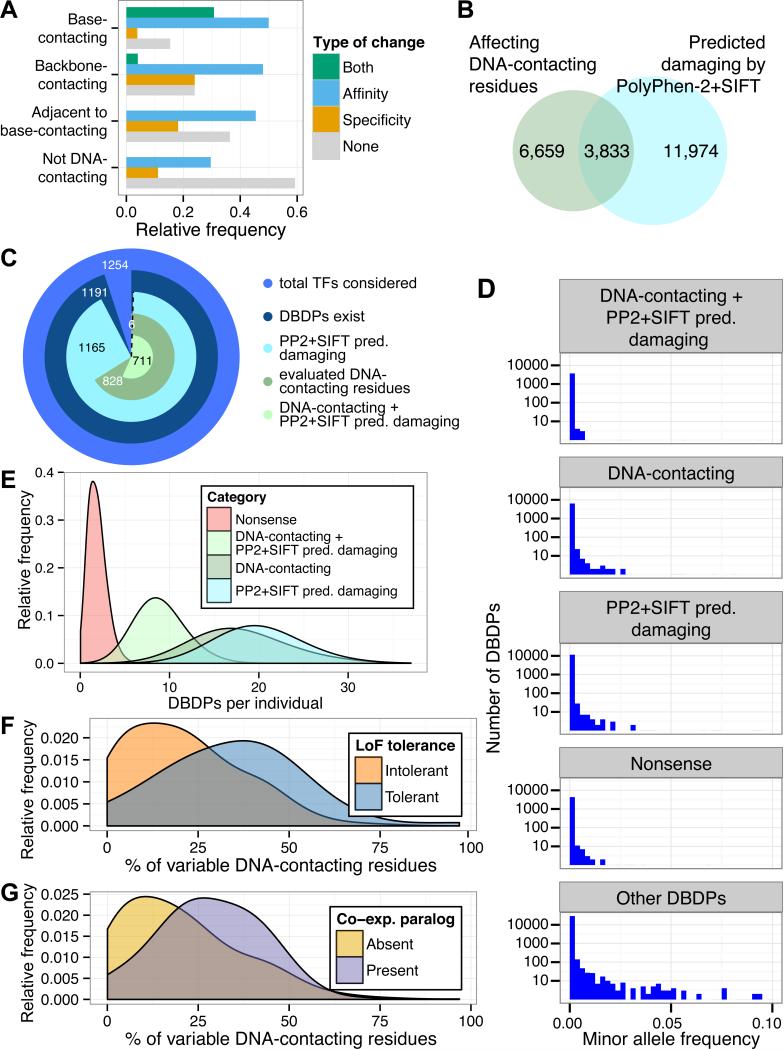Figure 4. Properties of ExAC DBDPs predicted to alter DNA-binding activity.
(A) Relative frequency of DNA-binding changes observed for variants at DNA-contacting residues. “Both” comprises residues at which variants changed DNA binding affinity and specificity either simultaneously in one protein or separately across different proteins. (B) Overlap between DBDPs affecting DNA-contacting residues in zf-C2H2, Fork_head, HLH, and Homeobox Pfam domains (blue) or predicted as “probably damaging” by PolyPhen-2 and “damaging” by SIFT (green). (C) Number of sequence-specific TFs for which DBDPs were identified and their evaluation, as in (B). (D) Minor allele frequencies (ExAC v0.2) of nsSNPs. (E) Histogram of DBD variants per individual (1000 Genomes Project Phase 3), annotated as in C. (F) Fraction of DNA-contacting residues per TF altered by at least one nsSNP (ExAC), for genes tolerant of homozygous or compound heterozygous LoF mutations versus genes for which LoF-tolerance was not observed (21). (G) Fraction of variable DNA-contacting residues (ExAC) in TFs with versus without at least one co-expressed paralog.

